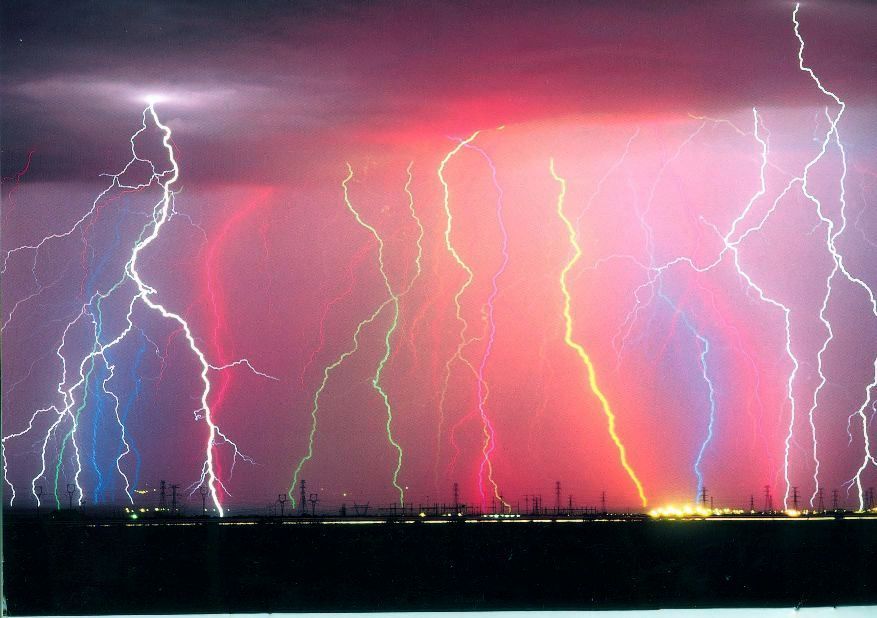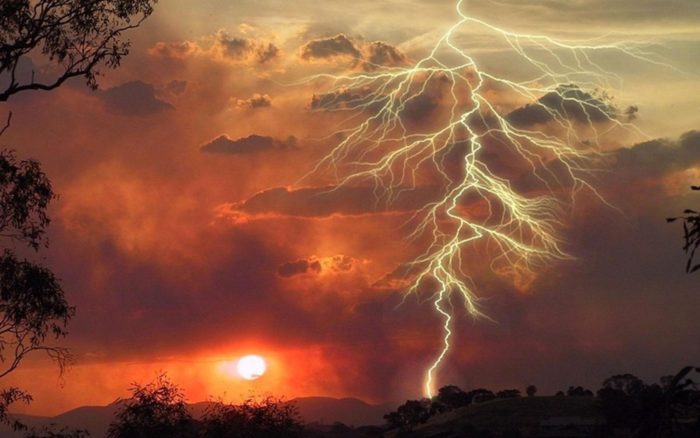Guinea Bissau’s cities: Fria and Conakry at its coast often experience heavy rains accompanied by thunderstorms, tornadoes and flash floods to that effect, of which, has driven meteorologists to develop a new initiative showing positive impact, that involves a detection system technology that the Government meteorologists previously lacked.
A few new lightning-detecting sensors installed atop of more than 10 mobile-phone towers now allow the country’s meteorological service to track storms nationwide of which, meteorologists receive virtually real-time data throughout the country, noted Mamadou Lamine Bah, director of the services.
According to Nature News a portal that focuses on the environment, The Earth Networks company is now giving Guinea its lightning data for free, but soon aspires to sell its services there. So far, company has contracts worth over $5 million with US government bodies, including the National Oceanic and Atmospheric Administration (NOAA) and the Air Force, to provide lightning data from nearly 700 sensors across North America and the Caribbean, reports say. Moreover, it also has smaller customers, such as golf courses and airports. Earth Networks President Robert Marshal in an interview said that as a breakthrough, the system would work in any part of the world efficiently. Guinea Bissau is the latest example.
Among many companies that deal with weather forecast detecting systems, the Earth Networks boasts of becoming the first in 2009, to deploy a system for tracking not just the major lightning bolts that strike the ground but also the more common cloud-to-cloud lightning strikes that are generated in storms. So far, reports indicate that the Earth Networks has more than 50 antennas covering most of Brazil and 50 more covering all of India. The company says that it has contracts worth a total of several million dollars in the two countries. It uses the data to assess storm activity and estimate rainfall, as it produces severe-storm alerts a quarter of an hour faster than those generated through the Doppler radar.
Yet, the simple technology was birthed from a study based on a Massachusetts Institute of Technology (Cambridge) research. It relies on a short antenna of about 26 centimeters that registers high frequency electromagnetic signals from lightning discharges, of which Earth Networks acquired the technology seven years ago in 2006 thus developing a software necessary to triangulate among multiple sensors to pinpoint individual flashes. Nevertheless Guinea has recently switched to this new technology from expensive yet inefficient forecasts.
Just like Guinea, the technology’s biggest impact could be in countries with limited access to weather services based on satellites and radar, expected to showcase the new technology there despite its low scientific capacity and efficient meteorological infrastructure.
However, the phone towers, which also have basic weather sensors, do not provide ideal conditions for weather stations, say reports. Nevertheless, the telecommunications company with which Earth Networks has partnered can provide security, technicians and communications. Although custom-built weather stations might provide more-precise data, using phone towers, has been found to be cheaper and more reliable.





